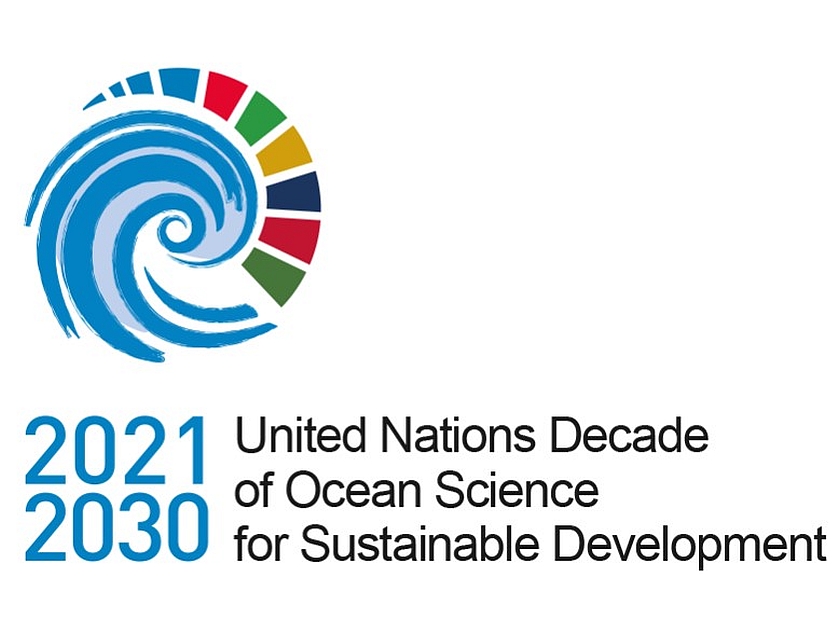The Joint Action Underwater Noise in the Marine Environment was adopted on 6th May 2020 by the JPI Oceans Management Board with the purpose of promoting a pan-European, cross-disciplinary partnership, for the integration of different sectors of the scientific research community.
The action was initiated with two scoping workshops organized in Brussels in 2019 and in Rome in 2020. The main output of the workshops was the identification of priorities, research gaps and needs on the state of impacts, technology, sound propagation, and measurements. This prepatory work led to the launch of a joint call for proposals in December 2021. The joint call was the first UN Ocean Decade focused contribution and implementing activity by JPI Oceans, in its role as Decade Implementing Partner for Europe. As a result of the call, five projects were selected for funding:
The selected projects are:
- ORCHESTRA | ecOsystem Responses to Constant offsHorE Sound specTRA | Coordinator: Maarten Boersma, Alfred Wegener Institute for Polar and Marine Research (Germany)
- DeuteroNoise | Characterization of maritime noise in different European basins and its impact on ecological relevant deuterostome invertebrates | Coordinator: Lucia Manni, University of Padua (Italy)
- DIAPHONIA | DIagnostic framework to Assess and Predict tHe impact Of underwater NoIse on mArine species | Coordinator: Sandro Mazzariol, University of Padua (Italy)
- SONORA | Filling the gap: Thresholds assessment and impact beyond acoustic pressure level linked to emerging blue-growth activities | Coordinator: Jaime Ramis Soriano, Universidad de Alicante (Spain)
- PURE WIND | Impact of sound on marine ecosystems from offshore wind energy generation | Coordinator: Ana Širović, Norwegian University of Science and Technology, (Norway)
The overarching objective is to decrease the high level of uncertainty about the impact of noise through the promotion of specific lines of scientific research, which contributes also to the implementation of the MSFD at regional sub-basin scale. It focuses on biological and interlinked implications from genes to ecosystems.
The following impacts are expected:
- Improved knowledge of soundscapes at regional level, population effects, physiological diagnostics, and cumulative effects of anthropogenic noise on marine wildlife.
- Synergies between academic and industrial stakeholders in developing reasonable and efficient alternative sound sources, and comparative evaluation of impacts on marine ecosystems (e.g. marine vibrators and alternative sources for geophysical exploration).
- Improvements in the development of a regulatory framework at a sub-basin scale, shared among transnational administrations.
This Joint Action is endorsed by the United Nations Decade of Ocean Science for Sustainable Development

Since most mammals, fish and invertebrates use sound for vital life functions, noise can affect an individual’s behaviour, physiology, anatomy (e.g. injury to vital organs), and development. Those adversities may have broad ramifications on healthy and resilient ecosystems as they affect populations’ biology and ecology and ultimately impact on fisheries and human food security.
The World Health Organization (2011) notes that human-caused (anthropogenic) noise is a global pollutant and one of the most harmful types. The United Nations and the International Maritime Organization (IMO) recognize the timeliness of anthropogenic underwater noise as a pressing societal issue and recommended that stakeholders shall work toward appropriate prevention, mitigation, and noise pollution-reduction measures.
The development of monitoring guidelines and scientific research, stimulated by EU Birds and Habitats Directives, has been driven by the activity of international agreements (e.g. ACCOBAMS, ASCOBANS), Conventions (e.g. OSPAR), Committees (e.g. JNCC, HELCOM) for rules for the mitigation of the effects of anthropogenic sound and guidelines for operators and regulators. At the same time, the introduction by the EC of the Marine Strategy Framework Directive with the objective of achieving (or maintaining) a Good Environmental Status (GES) of European seas and oceans has promoted different degrees of activities for its implementation in Member States with the support of the expert group TG Noise. Tasks of the TG Noise are, among others, to assist Member States and Regional Sea Conventions (RSC) in the implementation of operational monitoring and to ensure regional coherence and complementarity.
Joint Action endorsed by the UN Ocean Decade.